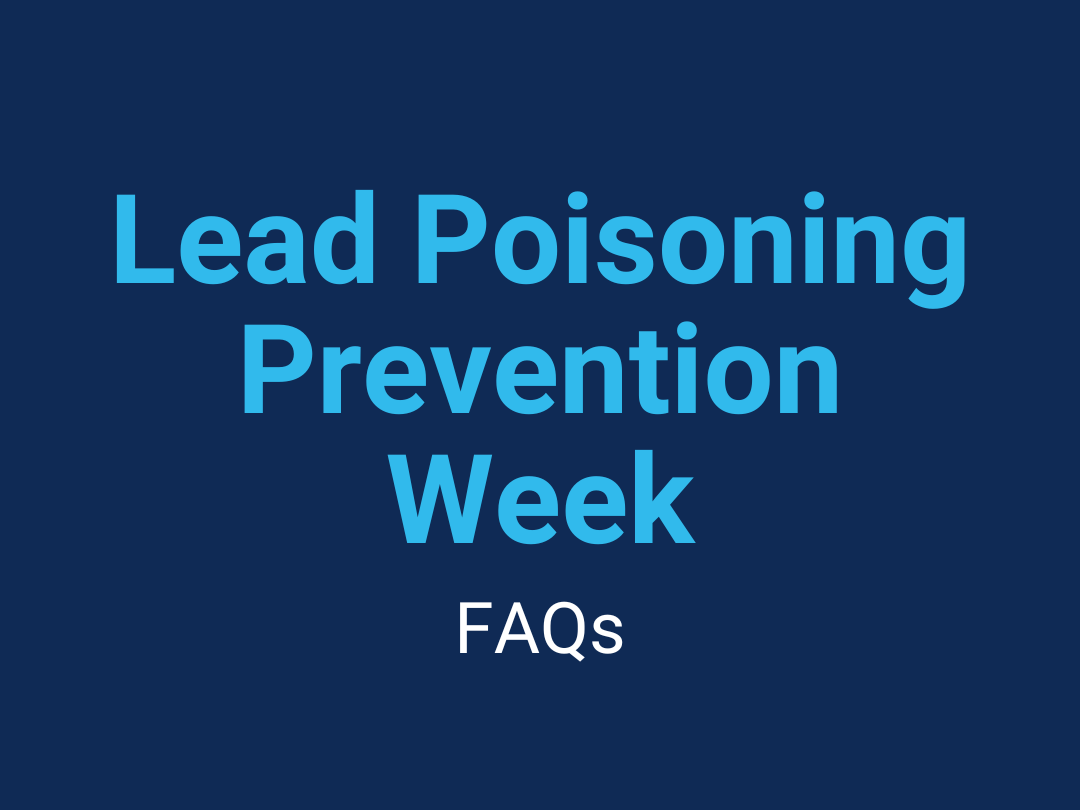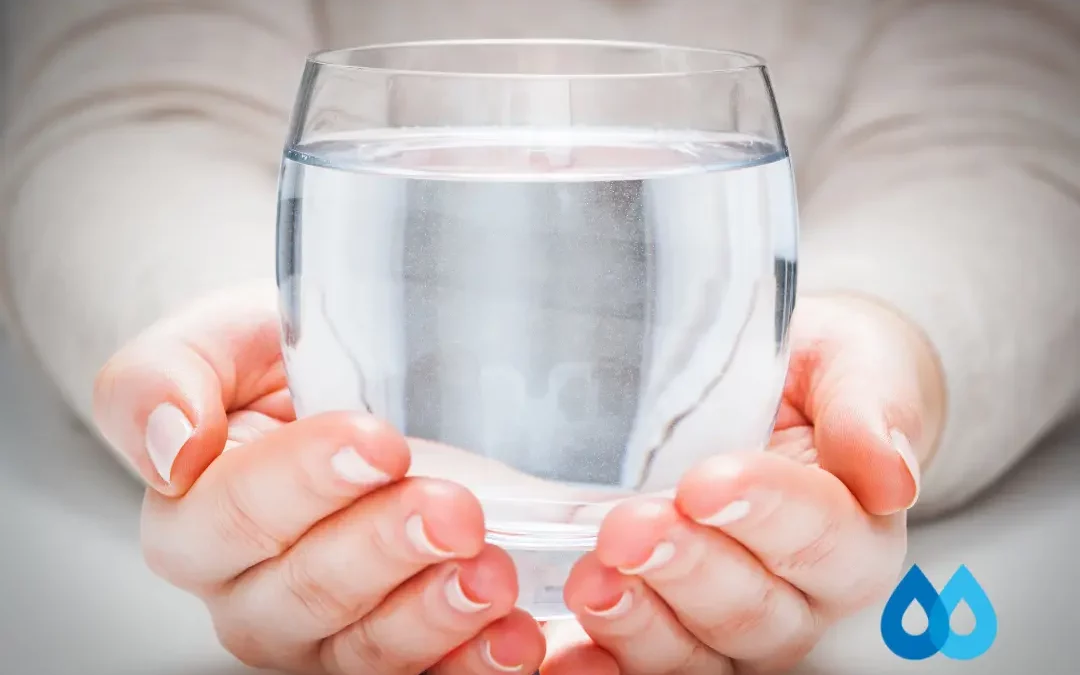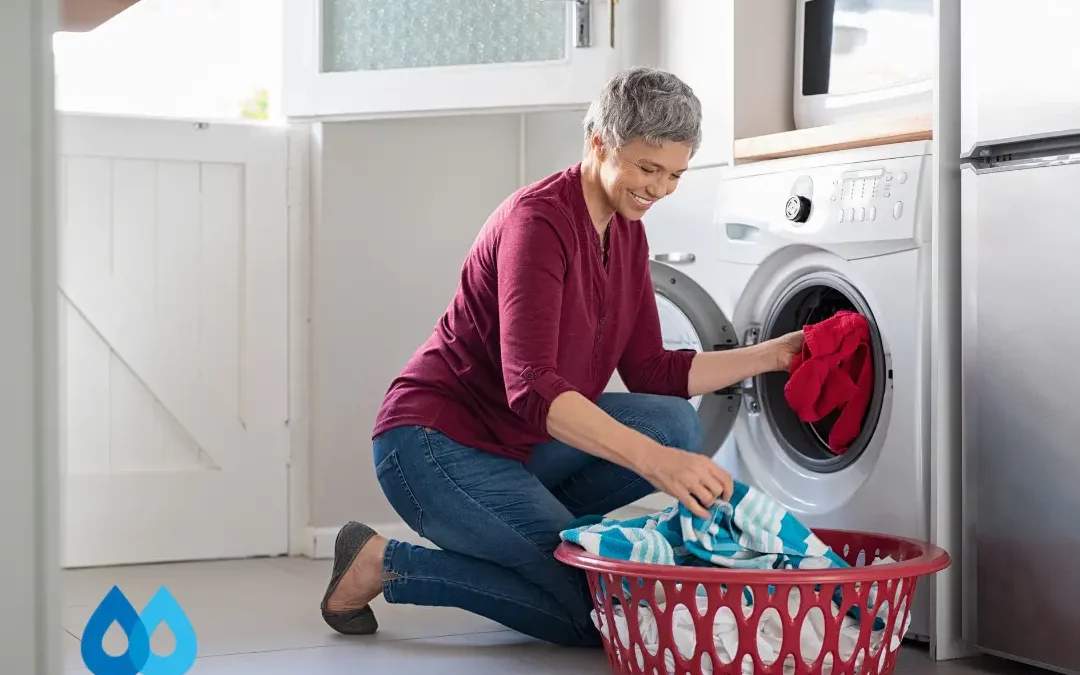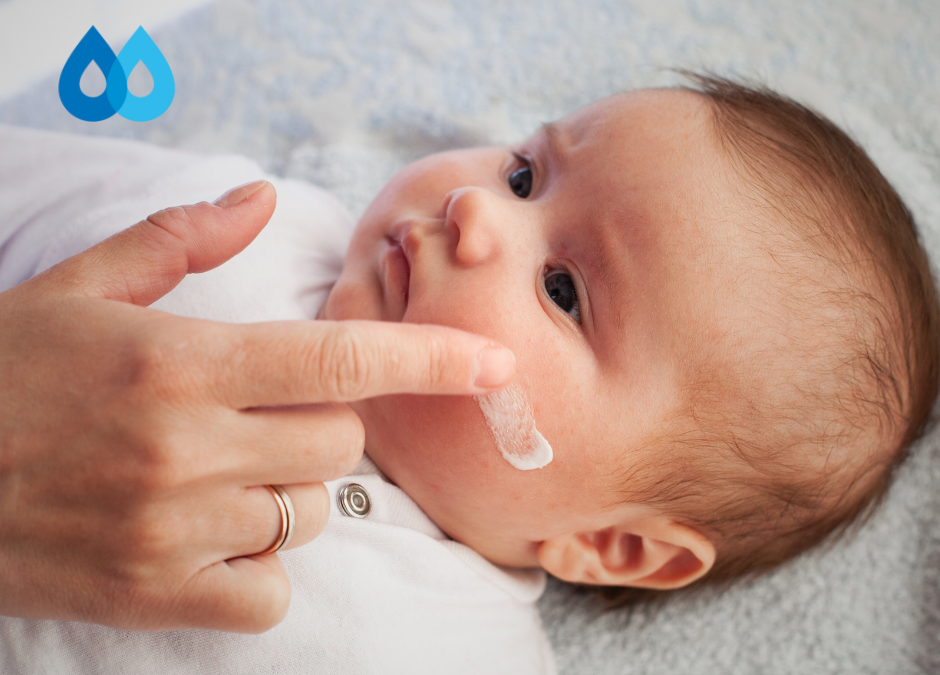Every year, we celebrate National Lead Poisoning Prevention Week (NLPPW) as an opportunity to spread awareness about the dangers of lead poisoning and to share the steps that you can take to prevent lead exposure. You may already know that exposure to lead can carry serious health consequences, but you might be surprised at how much lead can be found around you.
Protect yourself and your family by evaluating your risk factors, reducing your exposure, and when necessary, introducing extra precautions, such as a water filtration system. By taking an active responsibility in lead poisoning prevention, you can take a proactive role in your health and your family’s health.
What is lead poisoning?
Lead poisoning is caused by an excess of lead in the body, often collected over months or years. While even low levels of exposure can cause severe health problems, high levels of exposure can be fatal. Since it can share symptoms with other illnesses, lead poisoning can be difficult to identify.
Symptoms of lead poisoning can look like abdominal pain, headache, fatigue, memory loss, and muscle weakness. But the effects cause irreversible damage, ranging from anemia to kidney failure to brain damage. Over time, lead exposure may contribute to depression, memory loss, and mood disorders.
Where is lead found?
Lead is a toxic, poisonous metal found in the earth’s crust. But thanks to human activities like mining and the burning of fossil fuels, you can find traces of lead all around you. There could be lead in the air you breathe or the water you drink. A major source of lead exposure could be in the place you consider the safest: your own home.
Did you know that lead can be found in most older homes and buildings? Many homes built before 1978 contain lead-based paint, which means lead-contaminated dust, air, and paint chips. And although lead-based paint has been banned for residential use in the U.S. for many years, lead can still be found in household items like batteries, piping, solder, roofing materials, pottery, and even cosmetics. Lead contamination in drinking water can indicate several sources of lead within the home’s plumbing system, including older lead soldering of copper pipes, faucets, lead goose necks, and lead service lines.
Adults can be exposed to high levels of lead if working with batteries, home renovations, or automotive repair. For children, the majority of lead poisoning cases result from ingesting lead-based paint chips and inhaling lead-contaminated dust.
How does lead exposure affect health?
When your body absorbs lead, the lead remains in your bones, blood, and tissues. As time goes on and your bones get older, larger and larger amounts of lead are released from their storage places within your body. The storage and release of lead serve as a source of continual internal exposure, resulting in long-term, irreversible damage.
Symptoms of short-term exposure to lead include:
- Fatigue
- Headache
- Memory loss
- Abdominal pain
- Constipation
- Irritability
- Loss of appetite
- Pain or discomfort in the extremities
Long-term or prolonged exposure to lead can contribute to:
- Chronic abdominal pain
- Depression
- An inability to focus or maintain relationships
- High blood pressure
- Heart disease
- Seizures
- Kidney disease
- Brain damage
- Coma
- Death
Children that are 6 years of age and younger are especially susceptible to the long-term effects of lead exposure. Lead poisoning affects a child’s mental and physical development. Lead exposure in pregnant women has been linked to miscarriage, stillbirth, infertility, and developmental delays.
How can you prevent lead poisoning?
If you’re worried about the presence of lead in your home, it’s a good idea to have your paint inspected and your water tested. Until then, there are a few easy things you can do to limit lead exposure from drinking water.
Evaluate your risk
If you live in a house that was built before 1978, you may be at a higher risk of lead poisoning. Other risk factors might include working with certain batteries, pipes, or construction and roofing materials.
According to the Center for Disease Control and Prevention (CDC) in 2020, over 2.5 million U.S. families were at risk of lead poisoning due to the lead-based paint in their homes. Even more, lead poisoning disproportionately affects Black families and immigrant families.
Reduce your exposure
Before drinking tap water, run the tap to flush the pipes. Points for sustainability if you use this opportunity to start a load of laundry, load the dishwasher, or take a shower.
Consistently clean the screen on your faucet, also known as an aerator. These can trap particles of lead and increase exposure over time.
Only use cold water to drink, cook, or mix baby formula. And remember that boiling water does not remove contaminants like lead!
Add a layer of protection
Check your home’s pipes. The lead service line supplies the internal plumbing from the main water line and is often a major source of lead contamination. The homeowner is responsible for contacting their water system about replacing the lead service line if it cannot be maintained to meet EPA standards.
Consider a water filtration system for your home. Look for a drinking water system that effectively removes common contaminants like lead and magnesium. Some of the most popular filtration systems are reverse osmosis, activated carbon, and distillation. Reverse osmosis filtration systems are the most well-known and most affordable for removing lead from water. The reverse osmosis process can remove up to 99% of lead, providing the safest, cleanest, best-tasting option for in-home drinking water systems.
Protect yourself and your family from the dangers of lead poisoning by evaluating the risk, reducing the exposure, and adding an extra layer of protection. Quench your thirst with the peace of mind that comes with a reliable drinking water system … contact us today to explore your options!




